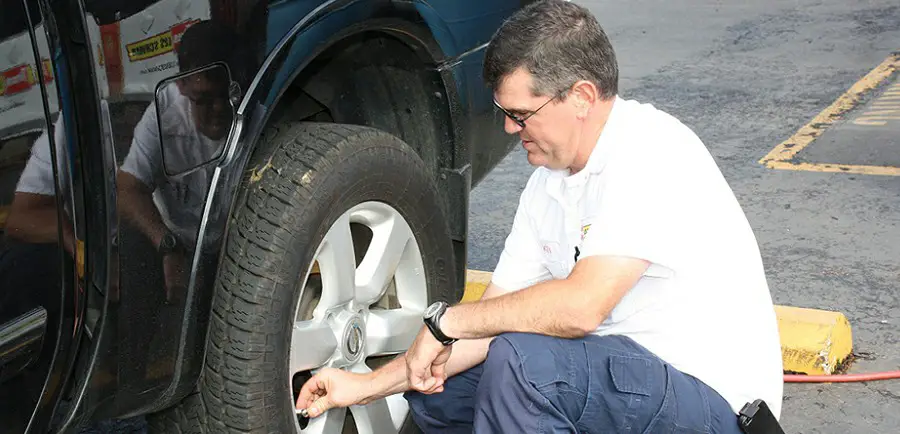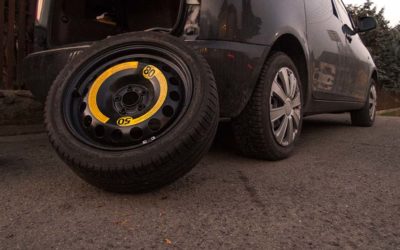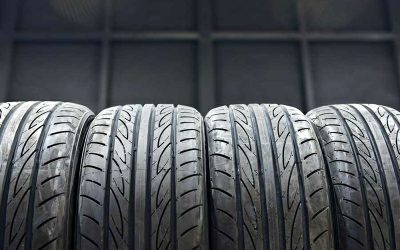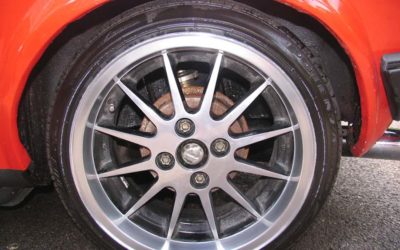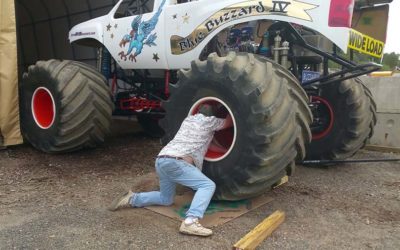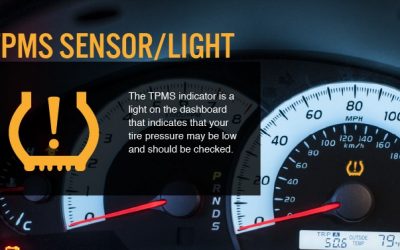“Is 50 PSI too much for tires?” often happens to those who usually use over inflated tires. To debunk your preoccupations, this concise post will provide all the information you need about overinflated tires. Let’s check it out!
What Is Over Inflated Tires?
Overinflated tires are caused by excessive air pressure, which rounds out on the tread section. These deformations reduce the patch contact between the road and the tires.
Like a bouncing ball, overinflating tires are stiffer and make the tread center worn out much faster than the outer edges. The distorted shape of overinflated tires gives you a harsher drive, uneven wear, and worse tractions, and a whole lot of other problems on the road.

The Effect Of Over Inflated Tires
What’s so bad about driving with tires that have too much air? You are risking the shelf life of your tire as well as your safety on the road.
Tire Blow Out
The proper tire air pressure varies from one tire manufacturer to another. Depending on drivetrains, body types, driving capability, tire manufacturers also give the max tire pressure differently for each model.
However, the most common tire pressure recommended is around 30-35 PSI (pounds per square inch) for most passenger cars when it is cold. Hitting too close to the maximum rating results in a high risk of blowouts due to compressed air into the tire.
This jeopardizes the safety of drivers and causes them a lot of panic, especially once they drive on the highway or in remote areas where there is a lack of easy access to safety trams.
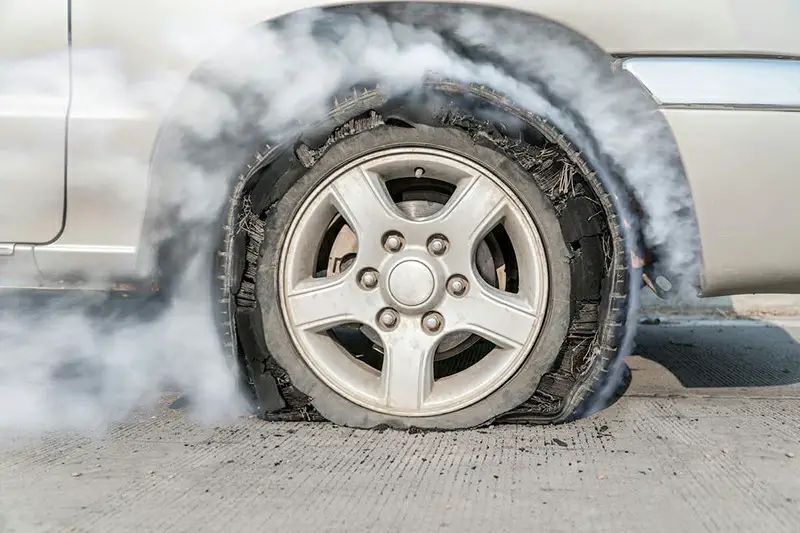
Loss Of Traction And Reduced Braking
The danger of overinflating tires is losing their stability due to the smaller contact points of the tires on the road. Furthermore, riding on overdone tires gives you a bumpy ride over rocks, gravel, debris, small holes, etc.
This is not to say that it doesn’t mean that underinflated tires have the best traction. In contrast to the overinflated tires, the under-inflation increases the touch surface on the road. It forces the outer edges to bear more weight and the sidewalls to flex more. Low-tire pressure results in losing grip, less responsive steering, and longer braking distance.
Similarly, another dramatically negative impact of overinflating is a decrease in braking performance in wet and slippery roads.
Uneven Treadwear
As aforementioned, the much smaller contact path of tires on the road causes a decline in the handling performance of a vehicle. However, at the same time, it also creates uneven treadwear.
The reason lies in the fact that the majority of the tire’s traction and contact with the road surface is made through a center portion of a tire. So, over time, it is quickly getting worn out than the outside edges. More specially, the increased pressure also leads to accelerated wear along with the center tire.
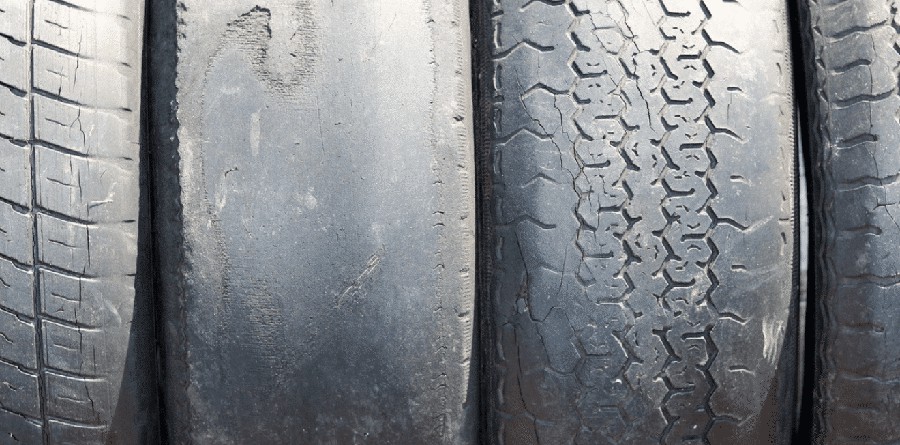
Damage To The Front Suspension
The limited contacting surface forces the engine and front suspension to work harder. The proper tire pressure can absorb bumps and pot-holes efficiently and reduce extra strain on the front suspension.
However, as an overly inflated tire, it bounces more frequently and transfers shock straight to the vehicle’s suspension. Over time, parts of the front suspension get weaker and need replacement at a shorter time.
A Harsh Ride
A harsh ride is the clearest consequence of the aforementioned troubles, which overinflating tires cause. So, is it safe to drive with overinflated tires? The high risk of blow-out is life-threatening due to losing friction and poor handling capacity, so it’s not the best idea.
How To Fix Over Inflated Tires?
Despite the positives, overinflated tires bring onto your drive, the way to fix it is so easy. Let’s follow our guidelines as follow:
Step 1: Let’s get started with checking the air pressure in the morning once it is cold.
Step 2: Locate the valve stem, located in the middle of the tire and between spokes. It has a small black cap extending from the wheel and is 1–2 inches long.
Step 3: Remove the valve cap by twisting it clock counter wise. Then, set it aside.
Step 4: Check the tire pressure by attaching a pressure gauge onto the valve and screwing it.
Step 5: Compare the readout you just got from the tire pressure gauge with the recommended pressure from the manufacturer.
Step 6: Release some air until you hit the recommended PSI.
Deflate the tire quicker by using the thin needle nose plier to turn the metallic pin inside the valve counter-clockwise. Or just push down on the pin, which takes longer to release the air.
Step 7: Screw the pin once you get the recommended air pressure.
Tips To Prevent And Deal With Over Inflation Issues
- Check tire pressure at least twice per month early in the morning.
- Don’t exceed the maximum PSI to protect your tread life.
- Avoid hazards like rocks, nails, potholes, glass, etc. if you accidentally put too much air in your tire to avoid blow-out.
- Watch for potential hazards on tires and rotate them if there is uneven wear.

